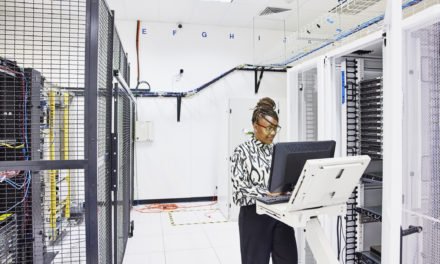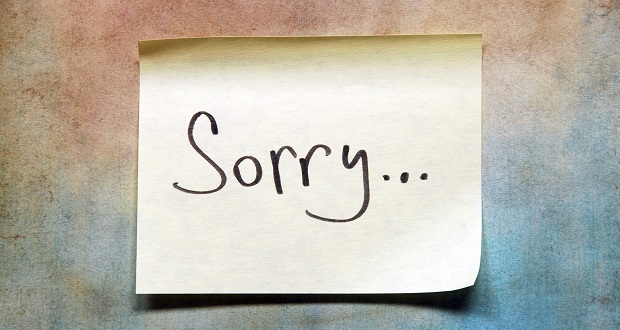Bringing your authentic self to work is hard. It can leave you feeling vulnerable, overexposed, and open to judgement from your peers and coworkers. For some, that decision is even harder. It’s difficult to understand what it’s like to walk in another person’s shoes without recognizing how they are seen, or if they are seen at all.
It is uncomfortable being in the spotlight, which is why few people choose it. I work in the public sector, and in the public sector, the spotlight can be particularly bright. I realized quickly that the world wants to share their strong opinion on how the government should run. Everyone has an opinion on how their tax dollars should be spent (rightly so), but at the same time, these opinions about government can directly impact my work. It can feel precarious at times. I find myself longing to be with public sector people, who truly understand what I do. In situations when I am not, it’s uncomfortable to represent my workforce – to be in the spotlight.
This feeling is called hyper-visibility. Hyper-visibility is the scrutiny a person faces based on a stereotyped or misinformation that is used to temporarily label a group of people.
However, some of us can temporarily turn that light off because most of us can choose to blend in with the crowd. Some people can never turn the spotlight off. For people who belong to marginalized groups or have marginalized identities, the spotlight floods their everyday existence outside their home. As a democracy and a country, we have found many ways to marginalize others, and the list of marginalized groups [race, religion, gender, sexual orientation…etc.] continue to grow at the Equal Employment Opportunity Commission.
Those who can’t turn it off are always expected to represent their group. Imagine feeling outrage about yet another murder of an African American child. You expect everyone to be as outraged, but the only thing you hear is speculative opinions about the competency, honesty, and honor of your race rather than about how this tragedy happened to a child. Imagine people deciding it would be fun to dress up as the stereotypes of your race at Halloween. Imagine applying for job after job only to be turned down because of a mistake you made and paid for years ago. Imagine people assuming your IQ is low because of the color of your hair or the size of your waist. Imagine having to listen all day about other people’s opinion of where your marginalized group should pee. Imagine feeling the disapproving stares towards you and your spouse as you walk in public with your biracial children behind you.
You would constantly feel like you were in a precarious position. You might find yourself longing to be with people who truly understand what it’s like to be you. It’s uncomfortable. Do you share your frustration or do you stay silent? If you share your feelings, what will be the reaction? Staying silent is almost like preferring to walk through a dark room without light, but sharing is like turning on the floodlights. It’s like walking through the world expecting that the world has already made up its mind about you, your contribution to society, your intelligence, your honor, and your value.
Understanding and managing the spotlight is a skill that can be acquired overtime. It’s a skill that requires managing those biases that others put upon us without the consideration of getting to know us. However, we should remember that not everyone has the luxury of turning that spotlight off. Be aware of the difference between hyper-visibility vs hyper-invisibility because it affects our abilities to bring our authentic selves to work.
In the journey of effective diversity work we must be able to recognize and acknowledge this phenomenon. So, continue to work hard and continue to be aware and enlightened by those around you because this is how you can truly master diversity work. This is how you can truly recognize what it’s like to walk in someone else’s shoes.




















An insightful and articulate article, as always, Femina!